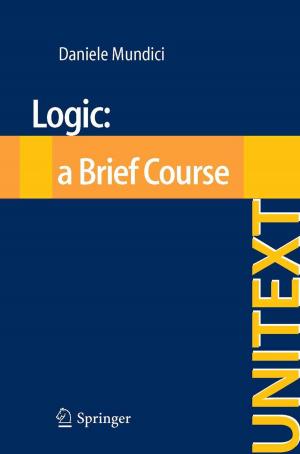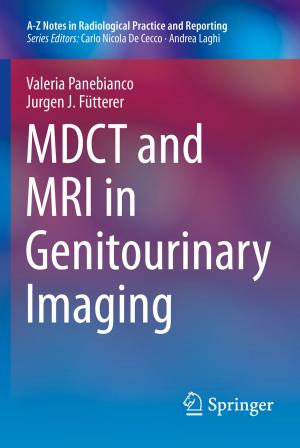Sepsis and Organ Dysfunction
The Challenge Continues
Nonfiction, Health & Well Being, Medical, Specialties, Critical Care, Anesthesiology| Author: | ISBN: | 9788847022843 | |
| Publisher: | Springer Milan | Publication: | April 17, 2013 |
| Imprint: | Springer | Language: | English |
| Author: | |
| ISBN: | 9788847022843 |
| Publisher: | Springer Milan |
| Publication: | April 17, 2013 |
| Imprint: | Springer |
| Language: | English |
An experienced physician knows how to recognize a patient suffering from sepsis, but cannot accurately determine whether the patient will survive. Cardinal elements of the treatment for sepsis include specific antibiotic and vasoactive drugs, enteral and parenteral nutrition, artificial respiration, and optimization of the oxygen transport to tissues. Nonetheless, with a certain frequency, these techniques are insufficient to ensure the recovery of a critically ill patient, especially when it is necessary to overcome functional alterations subsequent to organ and vital-system overload. The key elements in the progression of the sepsis-MODS syndrome are tied to numerous factors. These include: the severity and location of the lesion; the patient's age; the remaining functional reserve; the presence of mediatory which may be stimulatory, inhibitory or both.
An experienced physician knows how to recognize a patient suffering from sepsis, but cannot accurately determine whether the patient will survive. Cardinal elements of the treatment for sepsis include specific antibiotic and vasoactive drugs, enteral and parenteral nutrition, artificial respiration, and optimization of the oxygen transport to tissues. Nonetheless, with a certain frequency, these techniques are insufficient to ensure the recovery of a critically ill patient, especially when it is necessary to overcome functional alterations subsequent to organ and vital-system overload. The key elements in the progression of the sepsis-MODS syndrome are tied to numerous factors. These include: the severity and location of the lesion; the patient's age; the remaining functional reserve; the presence of mediatory which may be stimulatory, inhibitory or both.















